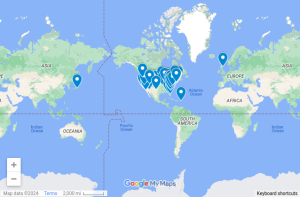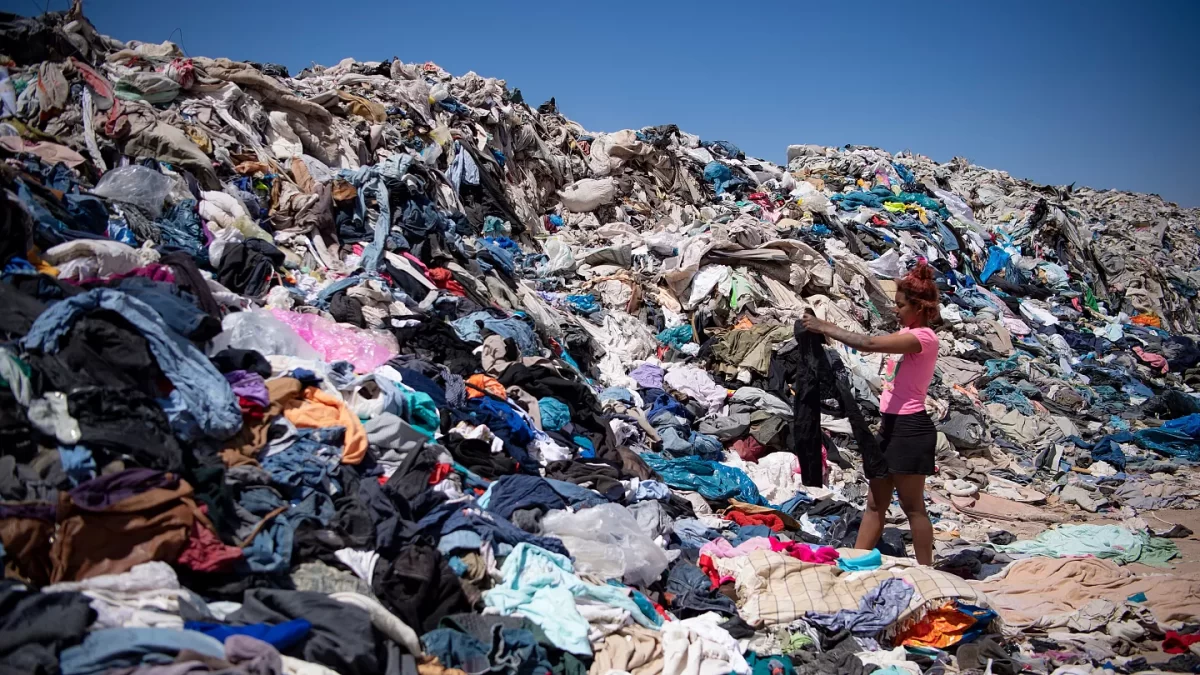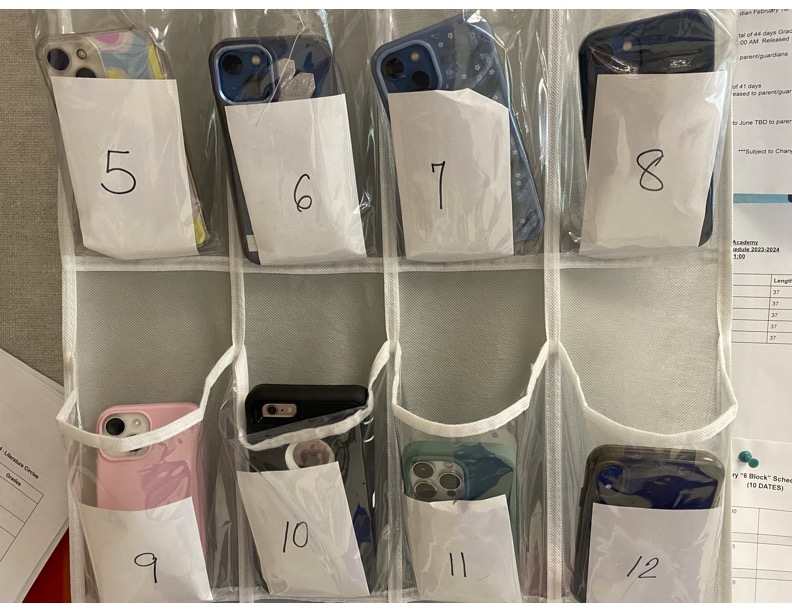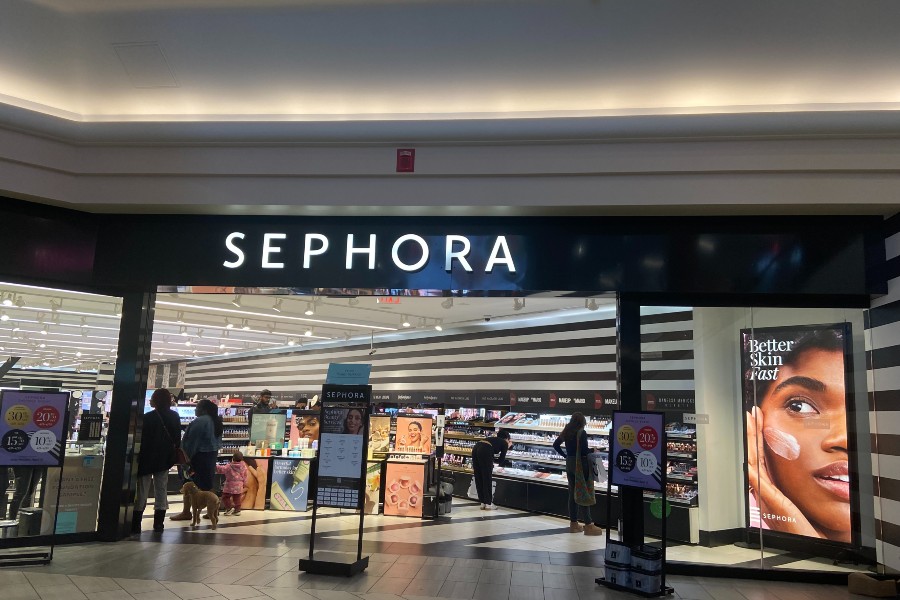As a high schooler, it has become increasingly harder to keep up with fashion trends. New brands are always emerging. Specific clothing items go viral in a week—then disappear from the spotlight after a month. For these reasons, teenagers want to be able to buy cheap, “disposable,” clothes of low quality. With online shopping, it is easy for teenagers to click a few buttons and get ten new tops – for the price of only one hundred dollars. However, teenagers should stop buying fast fashion items and look into more sustainable clothing because fast fashion is destroying our environment.
Fast fashion is clothing that is mass produced in alarmingly high quantities which are often cheap and “disposable.” Some popular fast fashion brands include Shein, H&M, Forever 21, Mango, and Zara. The production of fast fashion in factories often releases large amounts of carbon dioxide, which in turn traps heat in the atmosphere and warms the planet. For example, 35,000 to 100,000 items are produced daily for Shein and 6.3 million tons of carbon dioxide are released into the atmosphere by Shein clothing production yearly.
Additionally, because the clothing is so inexpensive, consumers are more likely to buy more of it and dispose of clothing items when they are no longer interested in them. On average, clothes are only worn seven times before being thrown out. These articles of clothing pile up in landfills and are unable to decompose for two hundred years. During the decomposition process, the clothing generates greenhouse gases and leaks toxic chemicals and dyes into our soil.
The clothing isn’t only leaking chemicals into our soil; it is leaking chemicals into our water as well. In order to keep costs low, fast fashion is often made of cheap, synthetic fabric such as polyester and nylon, which are both derived from fossil fuels and release harmful chemicals when being manufactured.
This fabric is essentially made up of microplastic fibers, and the microplastics eventually make their way to the ocean from landfills. The microplastic amounts to about 500,000 tons—close to 50 billion plastic bottles, and often ends up harming the sealife, and then humans as they consume fish with microplastic in their stomachs. Microplastics can cause genetic damage to marine life, and present potential physical and toxicological risks to organisms.
I am aware that fast fashion can be beneficial for low-income families. With rising inflation and expensive prices, it can be hard for many to afford name-brand clothes of quality. Because of this, students may gravitate towards fast-fashion items, which are both cheap and trendy.
However, there are always alternatives to fast fashion, such as buying clothes second hand from a thrift shop or trading used clothing with friends and family. Buying clothes has never been easier and people can easily sell and buy used clothing on apps such as Poshmark. Buying clothes secondhand increases the amount of wears the items have before being disposed of and all you have to do is press a few buttons to buy the clothing that you want.
In addition, there are many sustainable clothing brands that are inexpensive, and people just have to put more thought into the clothing and brands they buy from. Some of these more sustainable brands include For Days, Athleta, and EVERYBODY.WORLD.
It may even be a good idea to look into paying a little extra money for sustainable clothing—after all, you are helping the planet and the future of your children. All that I am saying is, please, resist from buying clothing that is harming the environment and look into more sustainable clothing to take a step in the fight against climate change.













